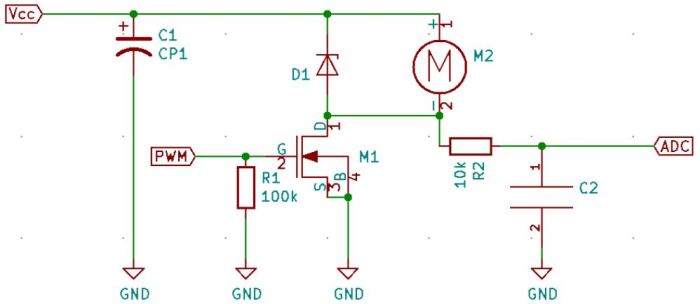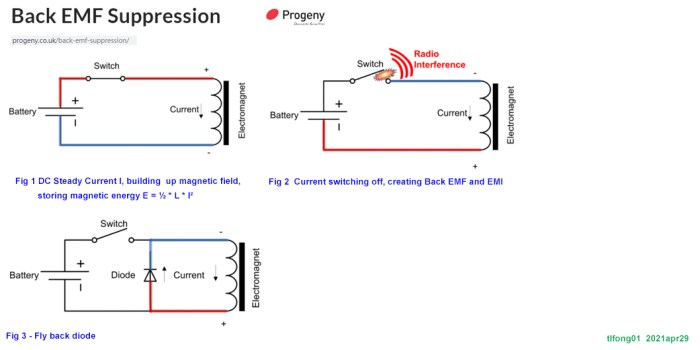Countervoltage presented by a capacitor is called _____. – Countervoltage presented by a capacitor, a fundamental concept in electrical engineering, is the voltage that opposes the charging current in a capacitor. This phenomenon, intricately linked to capacitance, plays a pivotal role in numerous electronic applications, ranging from energy storage to signal processing.
Understanding countervoltage is crucial for analyzing and designing electronic circuits effectively. It provides insights into the behavior of capacitors during charging and discharging processes, enabling engineers to optimize circuit performance and achieve desired outcomes.
Definition of Countervoltage

Countervoltage, also known as back-electromotive force (back-EMF), is the voltage generated by a capacitor that opposes the applied voltage. When a capacitor is connected to a voltage source, it stores electrical energy by separating charges on its plates. As the capacitor charges, the charge separation creates an electric field that opposes the applied voltage.
This opposing voltage is known as countervoltage.
The magnitude of the countervoltage is directly proportional to the capacitance of the capacitor and the applied voltage. The relationship is given by the equation Vc = Q/C, where Vc is the countervoltage, Q is the charge stored on the capacitor, and C is the capacitance.
Charging and Discharging Process: Countervoltage Presented By A Capacitor Is Called _____.

When a capacitor is connected to a voltage source, it begins to charge. The charging current flows through the capacitor, accumulating charges on its plates. As the capacitor charges, the countervoltage increases, opposing the charging current. This opposition slows down the charging process until the capacitor is fully charged, at which point the charging current stops.
When the voltage source is disconnected, the capacitor begins to discharge. The stored charges on the capacitor’s plates flow through the circuit, generating a current. As the capacitor discharges, the countervoltage gradually decreases until it reaches zero, at which point the capacitor is fully discharged.
Applications of Countervoltage

Countervoltage plays a significant role in various electronic circuits. Some applications include:
- Power factor correction:Countervoltage can be used to improve the power factor of inductive loads, reducing power losses and improving energy efficiency.
- Energy storage:Capacitors can store electrical energy in the form of countervoltage, which can be released when needed. This is useful in applications such as uninterruptible power supplies (UPS) and regenerative braking systems.
- Voltage regulation:Countervoltage can be used to regulate the voltage in a circuit by opposing fluctuations in the applied voltage.
Measurement and Analysis
Countervoltage can be measured using a voltmeter connected across the capacitor. It is important to understand countervoltage for circuit analysis, as it can affect the behavior of the circuit. For example, countervoltage can be used to determine the capacitance of a capacitor or to calculate the energy stored in a capacitor.
FAQ Corner
What is the significance of countervoltage in a capacitor?
Countervoltage is crucial as it opposes the charging current, limiting the rate at which the capacitor charges. This property is essential for controlling the charging and discharging processes in electronic circuits.
How does countervoltage affect the charging process of a capacitor?
Countervoltage opposes the charging current, slowing down the rate at which the capacitor accumulates charge. As the capacitor charges, the countervoltage increases, eventually reaching the supply voltage when the capacitor is fully charged.
What are some practical applications of countervoltage in electronics?
Countervoltage is utilized in various applications, including energy storage in flash memory, filtering unwanted frequencies in signal processing, and providing voltage references in power supplies.